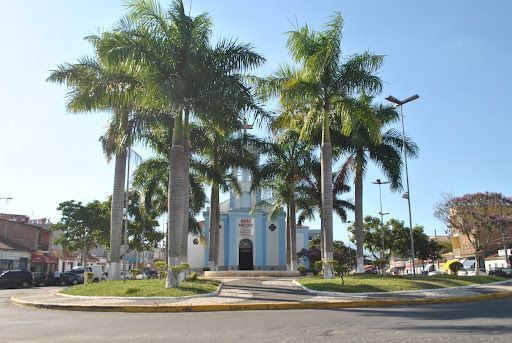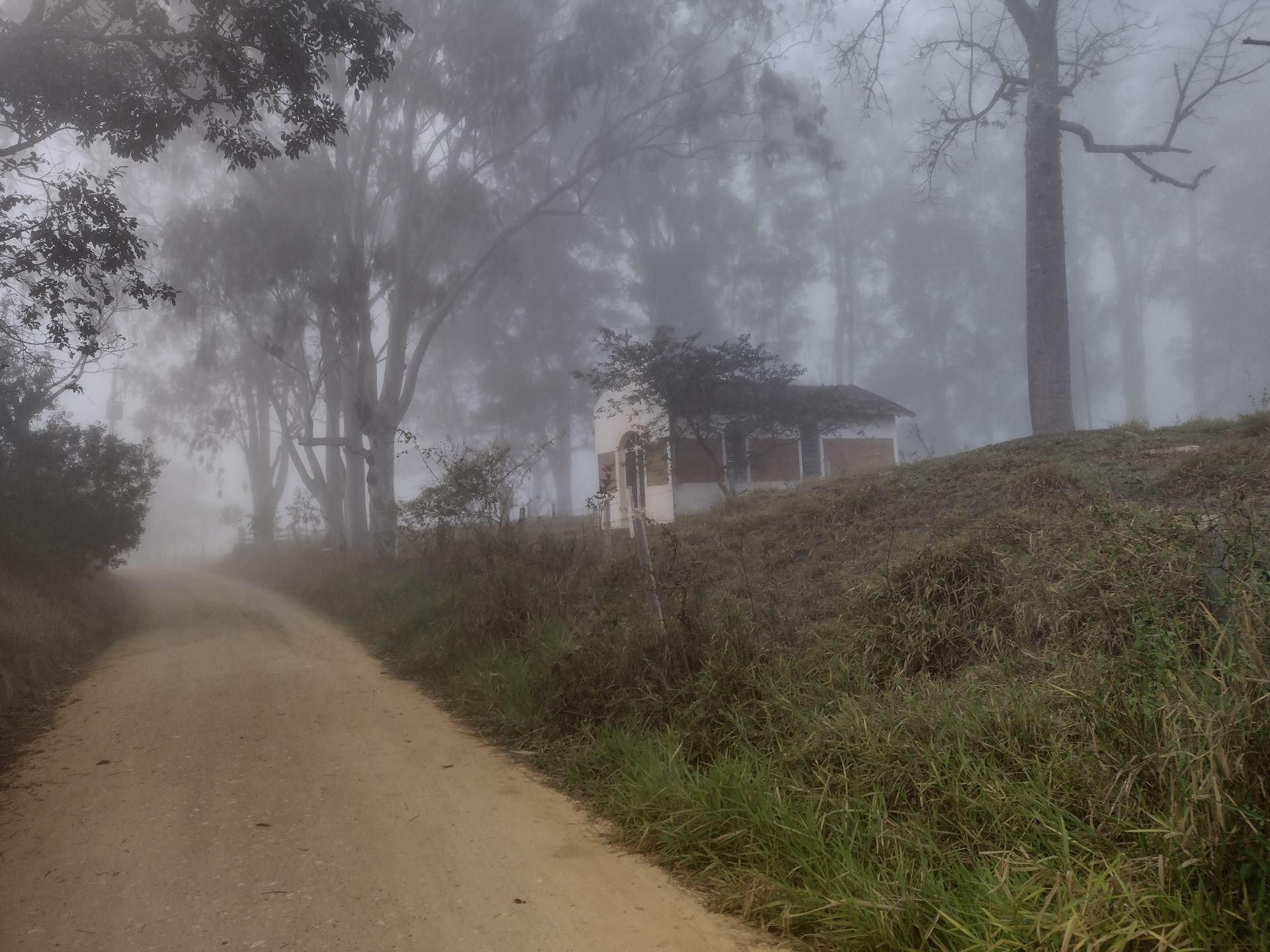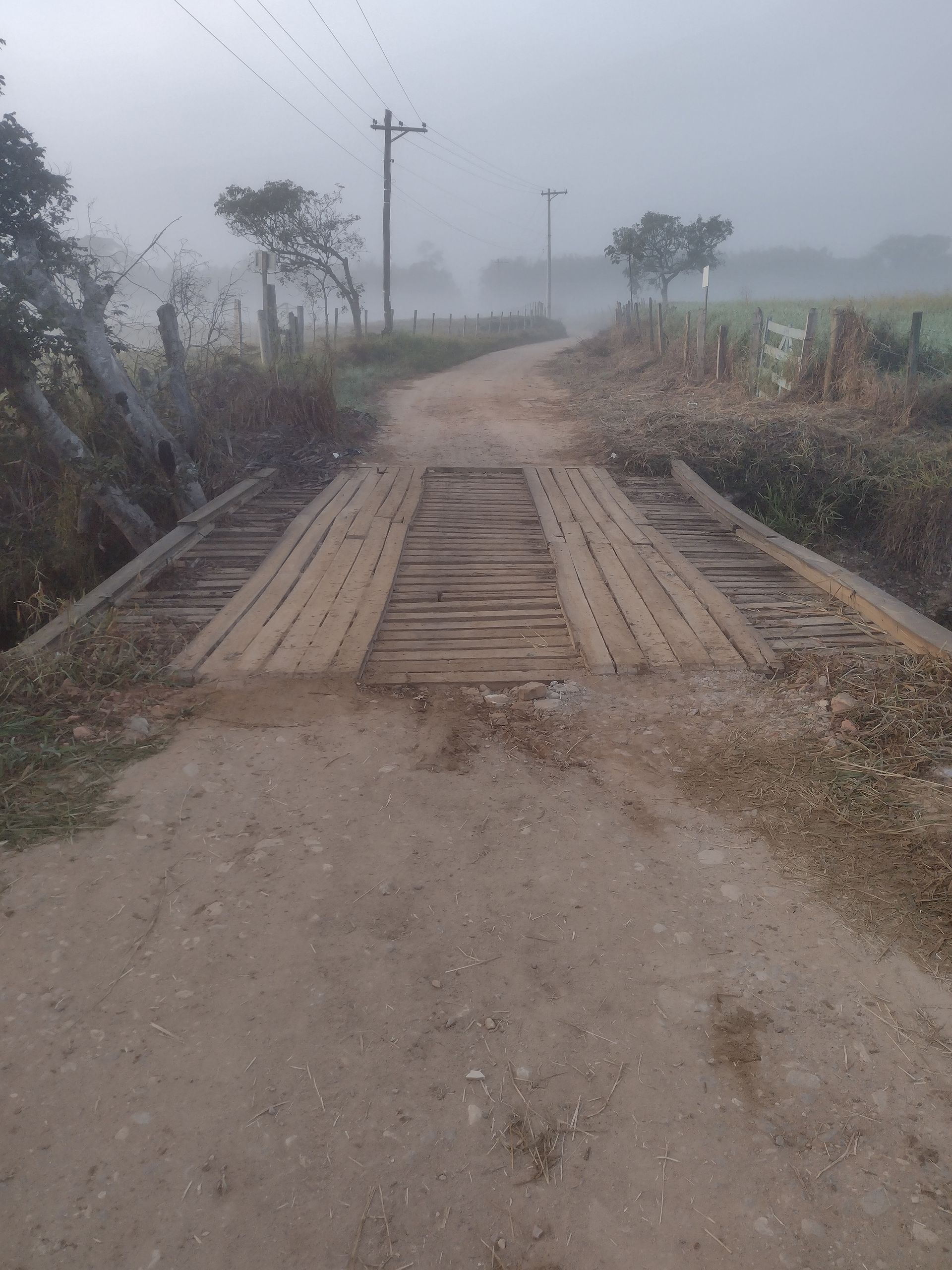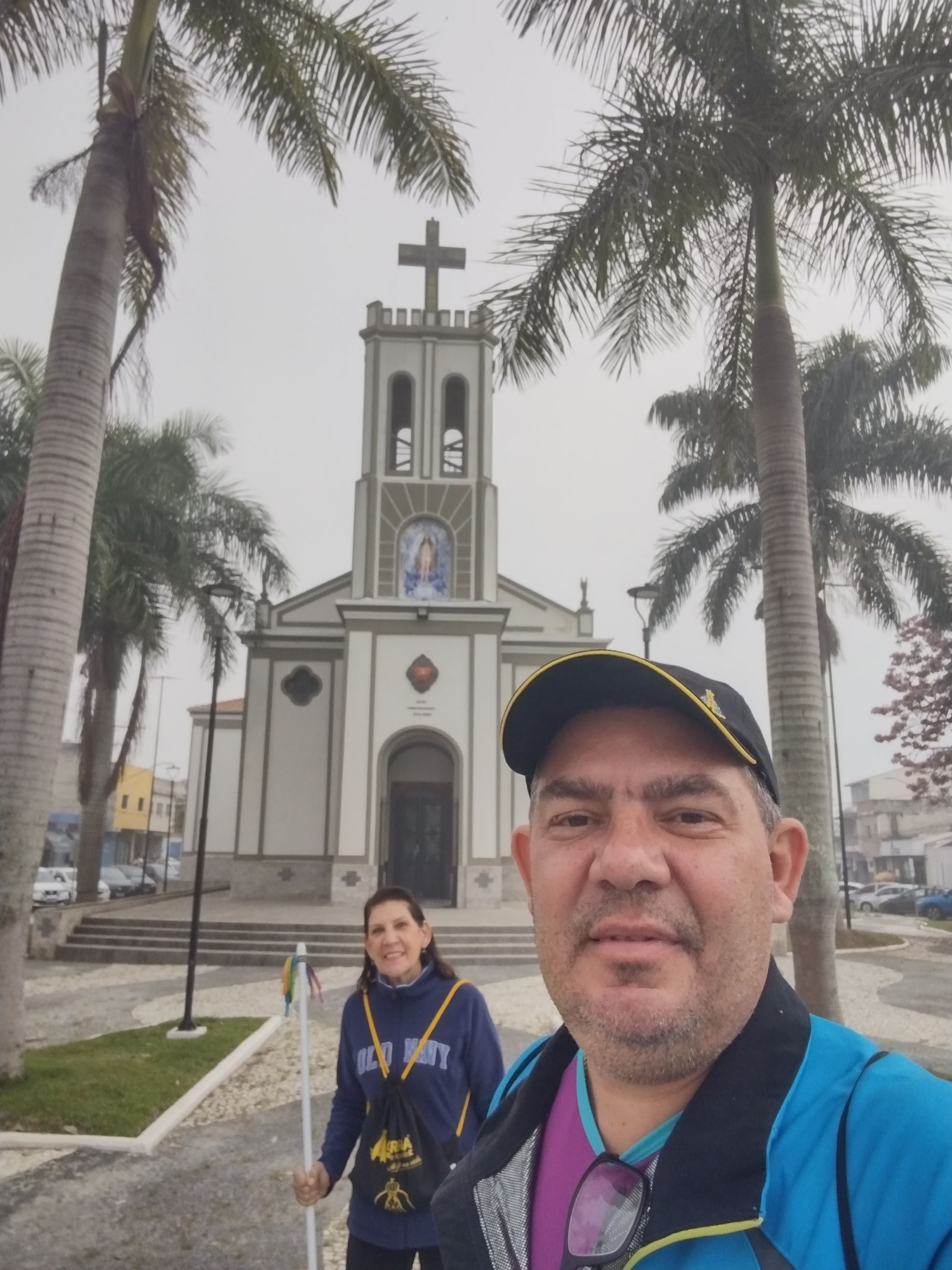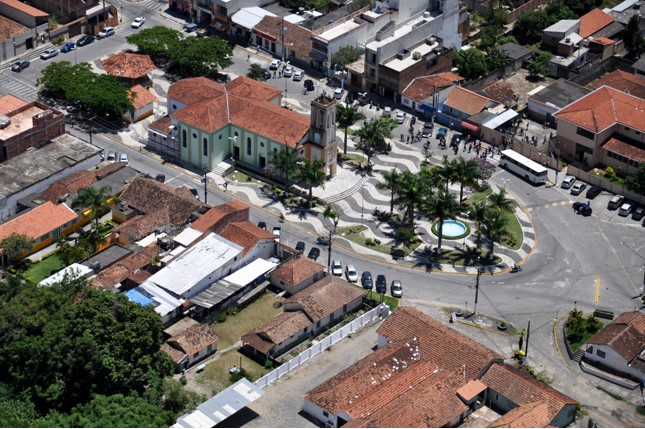Mombuca - SP
On this page, the Portal Peregrino da Esperança presents the city of Pindamonhangada, located in the interior of São Paulo, which stands out both for its historical importance and for its role in the economic, cultural and social development of the Paraíba Valley. The chosen Patron Saint was Our Lady of Good Success.
🕊️ “When all seems lost, it will be the happy beginning
of complete restoration.” (Our Lady of Good Success)
Features of the City of Mombuca - SP
The city of Mombuca, located in the interior of the state of São Paulo, is a municipality that intensely expresses the characteristics of small Brazilian cities, where community life and rural tradition are strongly present. Officially founded in the 20th century, Mombuca has its roots deeply linked to agriculture, an activity that still sustains a large part of the local economy. The simplicity and tranquility of the municipality, together with its rich popular culture, give it a unique identity that has resisted the passage of time and the rapid transformations that mark the surrounding metropolitan regions.
Historically, Mombuca developed as an agricultural center, notably for the cultivation of vegetables and livestock, which supplied not only the local population but also neighboring municipalities. The city grew slowly and in an orderly manner, preserving natural spaces and maintaining a close relationship between residents and the environment. This connection with the land is a fundamental element in understanding the way of life in the city, where rural traditions coexist with contemporary demands, forming a community that values progress as much as its roots.
The urban center of Mombuca is marked by the presence of simple but significant buildings that reflect the history and culture of the population. Churches, squares and small commercial areas make up a typical setting of the interior of São Paulo, where the pace of life is calmer and interpersonal relationships are valued. The main church, dedicated to Saint Sebastian, is one of the central points of the city, serving not only as a religious space, but also as a stage for social gatherings and festivities that mobilize residents and strengthen their sense of belonging.
Culturally, Mombuca maintains a number of popular events that reflect regional religiosity and folklore. Traditional festivals, processions and events linked to the liturgical calendar are occasions when the community comes together to celebrate its history and reaffirm its ties. These celebrations are moments of unity and joy, which preserve the city's cultural legacy and transmit to the younger generation the value of local traditions. The active participation of the population in these events demonstrates the strength of the community spirit and the desire to maintain Mombuca's identity.
In short, Mombuca is a city that epitomizes the charm and challenges of small towns in the interior of São Paulo. Its history, linked to agriculture and rural life, is deeply rooted in the culture and daily lives of its residents, who proudly preserve their traditions. At the same time, the city faces the changes imposed by time, seeking to balance development and preservation. In this way, Mombuca remains an example of a community that values its origins and plans its future with awareness and dedication.
The city of Mombuca, as part of the Caminho do Sol route, plays an important role in this pilgrimage route that crosses the interior of São Paulo, combining faith, culture and nature in a profound experience for hikers. Despite its modest size, Mombuca offers pilgrims a welcoming environment, marked by the tranquility typical of small towns in the interior, which contributes to the climate of reflection and spirituality so sought after in this type of journey. Passing through the city enriches the route, as it allows pilgrims to experience the authenticity of a community that preserves its traditions and keeps the connection with faith alive.
The stretch of the Caminho do Sol that crosses Mombuca is characterized by landscapes that combine rural areas and small urban settlements, revealing the city's agricultural vocation and the region's natural beauty. This combination allows pilgrims to experience close contact with nature and the local way of life, in a harmonious coexistence between man and the environment. The silence of the rural roads, the green of the plantations and the aroma of the cultivated land make the walk through Mombuca an opportunity for contemplation and renewal, fundamental aspects of the spiritual experience offered by the route.
In addition to the environmental aspect, Mombuca provides an enriching cultural experience for pilgrims. The hospitality of the local population, marked by simplicity and generosity, creates an atmosphere of welcome that makes the journey safer and more enjoyable. Residents get involved in activities related to the Caminho do Sol, offering support, information and, often, resting and eating spots, which strengthens the interaction between visitors and the community. This exchange favors sustainable religious tourism and helps to value the city's tangible and intangible heritage.
The presence of the Caminho do Sol in Mombuca also contributes to the preservation of local religious and cultural traditions, since the flow of pilgrims stimulates interest in the history and cultural manifestations of the municipality. Religious festivals, such as those dedicated to Saint Sebastian, the city's patron saint, gain new visibility and importance, expanding the scope of these celebrations beyond the municipal limits. This movement strengthens local identity and encourages the maintenance of cultural practices that are part of the collective memory of residents.
Therefore, the inclusion of Mombuca in the Caminho do Sol is not just a geographical issue, but an element that enriches the spiritual and cultural trajectory of the route. The city, with its peaceful atmosphere and preserved traditions, offers pilgrims a space for pause, welcome and renewal, contributing to making the walk a complete and transformative experience. Mombuca thus becomes an essential part of this route of faith and culture, reaffirming its relevance within the regional scenario and consolidating its role in the history of the Caminho do Sol.
The Igreja Matriz de Mombuca, dedicated to Saint Sebastian, is one of the main symbols of the history and faith of the small community that lives in this city in the interior of São Paulo. Its construction dates back to the early days of the city's formation, when residents, mainly farmers and colonizers, felt the need to establish a sacred space for religious practice and social unity. Since then, the church has been a point of reference not only for religious services and celebrations, but also for community gatherings, serving as a link between faith and the daily lives of the inhabitants.
Over time, the main church has undergone different phases of construction and renovation, adapting to the needs of the population and the growth of the municipality. Although modest in size, the church carries immense symbolic value, as it represents the perseverance and devotion of the faithful who built and maintained the temple through collective efforts. Elements of its architecture, simple but harmonious, reflect the tradition of rural churches in São Paulo, valuing functionality and religious meaning above grand ornaments, which contributes to the atmosphere of welcome and simplicity that marks the experience of those who visit the place.
The church has also played an important role in the city’s religious celebrations and traditional festivals, especially the feasts dedicated to Saint Sebastian, which are moments of great social and cultural mobilization. These festivities bring together residents and visitors in processions, masses and community events, strengthening local identity and keeping alive the religious traditions that have been passed down from generation to generation. The church thus becomes a stage and symbol of these cultural expressions, reaffirming its central role in the spiritual and social life of Mombuca.
The preservation of the main church has been a constant concern for the community, which recognizes its historical and symbolic value. Over the years, maintenance and minor restoration work have been carried out to ensure that the structure remains intact, allowing future generations to have access to this living heritage. This care demonstrates the residents' commitment to the city's memory and to the continuity of the faith that has always permeated their lives, consolidating the temple as an essential legacy for Mombuca.
In short, the Igreja Matriz de São Sebastião in Mombuca is more than just a religious building; it is a testament to the history, culture and spirituality of a people. Its presence symbolizes the strength of the traditions that shaped the city and sustains the faith of its inhabitants, becoming a meeting point between past and present. Every celebration held inside it, every detail preserved in its structure, reaffirms the importance of this space as the spiritual and cultural heart of Mombuca.
Photographs of the City of Mombuca - SP
